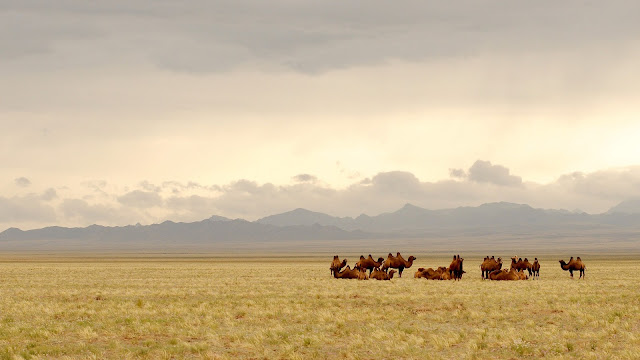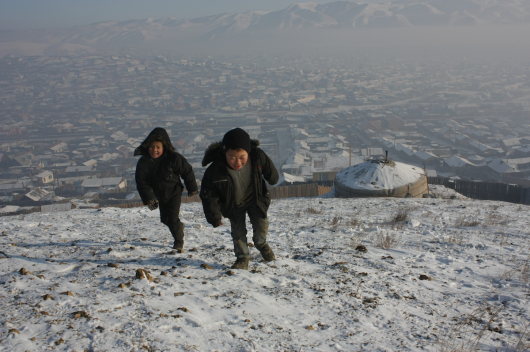The Mongolian rangelands have been identified as among the most sensitive to climate change and variability, and degradation has been alarming. Over 70 percent of the rangelands have changed from their natural state .
In the 2014 survey, over half of the monitoring sites were observed as healthy, and over 10 percent were slightly degraded. However, in the following 2016 survey, the number of moderate, heavy, and fully degraded sites had increased.
Climate factors are the leading cause of degradation, human activity, and grazing pressure. In such circumstances, herders compensate for their vulnerability, losses of livestock and income due to extreme climate events, and decreases in vegetation by expanding their herds. Losses force herders to compensate by increasing livestock numbers, creating a vicious cycle.
Therefore, improving rangeland management offers Mongolia tremendous opportunities to mitigate climate change. It is estimated that Mongolia could avoid more than 440 million tons of carbon dioxide-equivalent emissions over 20 years through soil carbon sequestration.
An Asian Development Bank project supported by concessional loans and grant financing from the Green Climate Fund, the European Investment Bank, and the European Union is currently aiming to transform behaviors and sector practices that had been major push factors in rangeland degradation.
 3,575.44
3,575.44












Related News